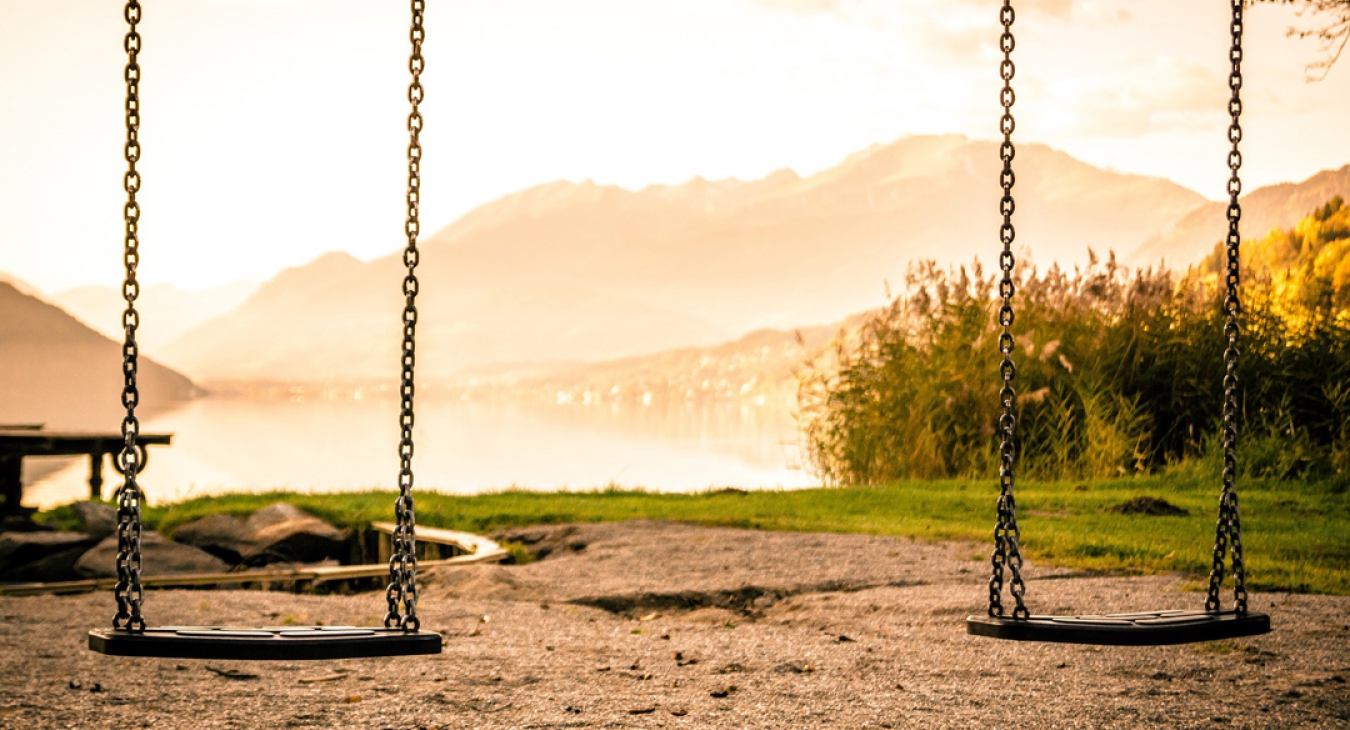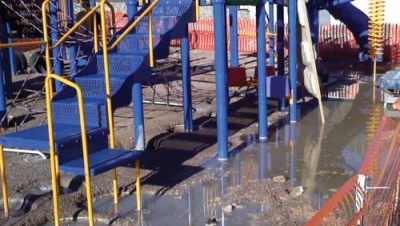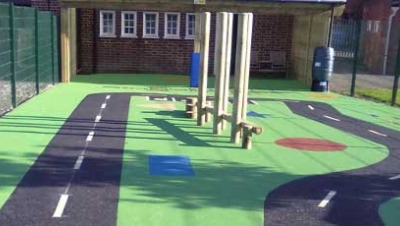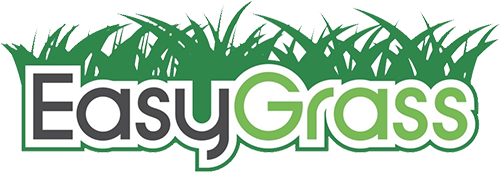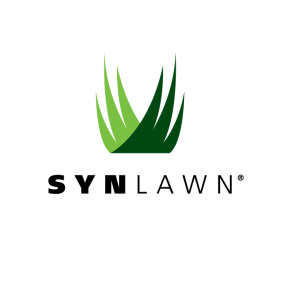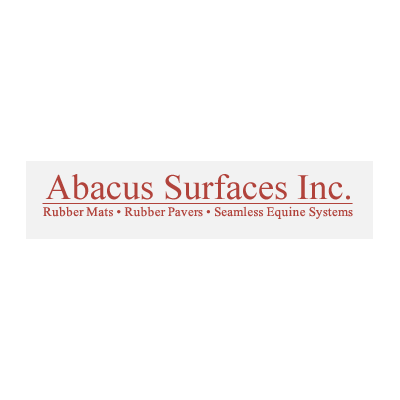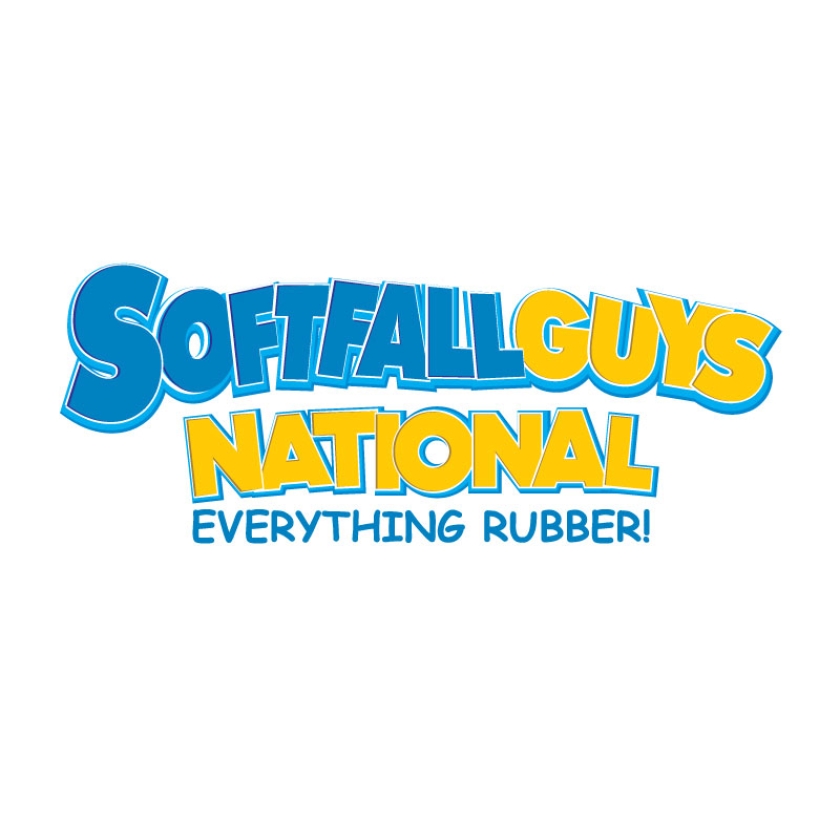Alternative Materials for Playgrounds
Anyone with kids knows its hard to capture their attention for very long. They want a new toy and quickly toss it aside for something different after playing with it for a while. Although they may want different things week to week, childhood fixtures like playgrounds remain a favorite past time.
Installing a playground in your backyard or your school is an excellent investment you can make for the kids in your life. They'll love running around on the equipment until they're well into middle school, so it will provide years of fun. Before you order the first playground equipment you can find, consider what it's made out of to get something worth your money.
Read about these six alternative materials for playgrounds in 2020 to discover what the newest playgrounds include. You might find something better for your location or the size of the playground, depending on the project you have in mind.
1. Look for Pea Gravel
Your main concern may be preventing kids from running and slipping on a soft surface, which is why pea gravel is a great place to start. People use it in playgrounds for kids of all ages to limit weed growth and provide a firm surface for tiny sneakers. It's affordable for people building playgrounds on a budget, but be aware that it won't be the most comfortable material to fall on if your playground includes climbing equipment.
2. Try Rubber Mulch
If you know kids will swarm your playground and you want it to have a soft covering, try rubber mulch. It contains shredded tires and recycled rubber, so it's eco-friendly. It's also classified as a safety surface because engineers build it as a shock-absorbing base, which limits injuries on the playground.
3. Plant Tree Stumps
Kids love climbing across playground equipment, especially if it's something that catches their eye. You can capture their imagination by uprooting and planting large tree stumps of varying heights. They can hop across them to the next part of the playground equipment instead of swinging from monkey bars, which decreases the likelihood of injury. Look around your area to see if any stumps are available for sale from farms or near your property to save money and still make your playground stand out.
4. Build With Bamboo
Have you considered using bamboo in your playground? It's an eco-friendly material that withstands outdoor elements well, so it will hold up over time. You can use it when you build bamboo play structures or fencing around the play area. You might even want to use it for paneling along the sides of tall structures, to increase the kids' safety. Instead of putting their arms or even heads through metal bars at the top fo the slide, the paneling will keep them safely contained.
5. Upcycle Community Donations
If you're a large organization like a school, you can ask your community to donate large pieces of equipment to make your playground more fun. Instead of leaving kids with the standard slide, swings and monkey bars, you can let them play on something different. Along with the playground you have in mind, use a donated ship's wheel on the playground or a rainbow tarp to cover the play area. You might even get a mini kitchen or animal-themed sandbox that you wouldn't find included in play equipment at the store.
6. Experiment With Engineered Wood Fiber (EWF)
Another material you might want to include in your playground is Engineered Wood Fiber (EWF). It's a common material made from strands and fibers, along with traditional wood. The combination of materials makes it sustainable and it biodegrades over time. It lasts a long time and won't harm the environment, so it's worth the investment. Cover the playground in EWF to prevent slips and provide a cushion for curious kids.
Consider the Size
Any of these materials would make a great playground for kids in 2020, but the right option will work for the size of your playground. Depending on how large the playground property is, you'll know what each material will cost and which ones work with your budget.


